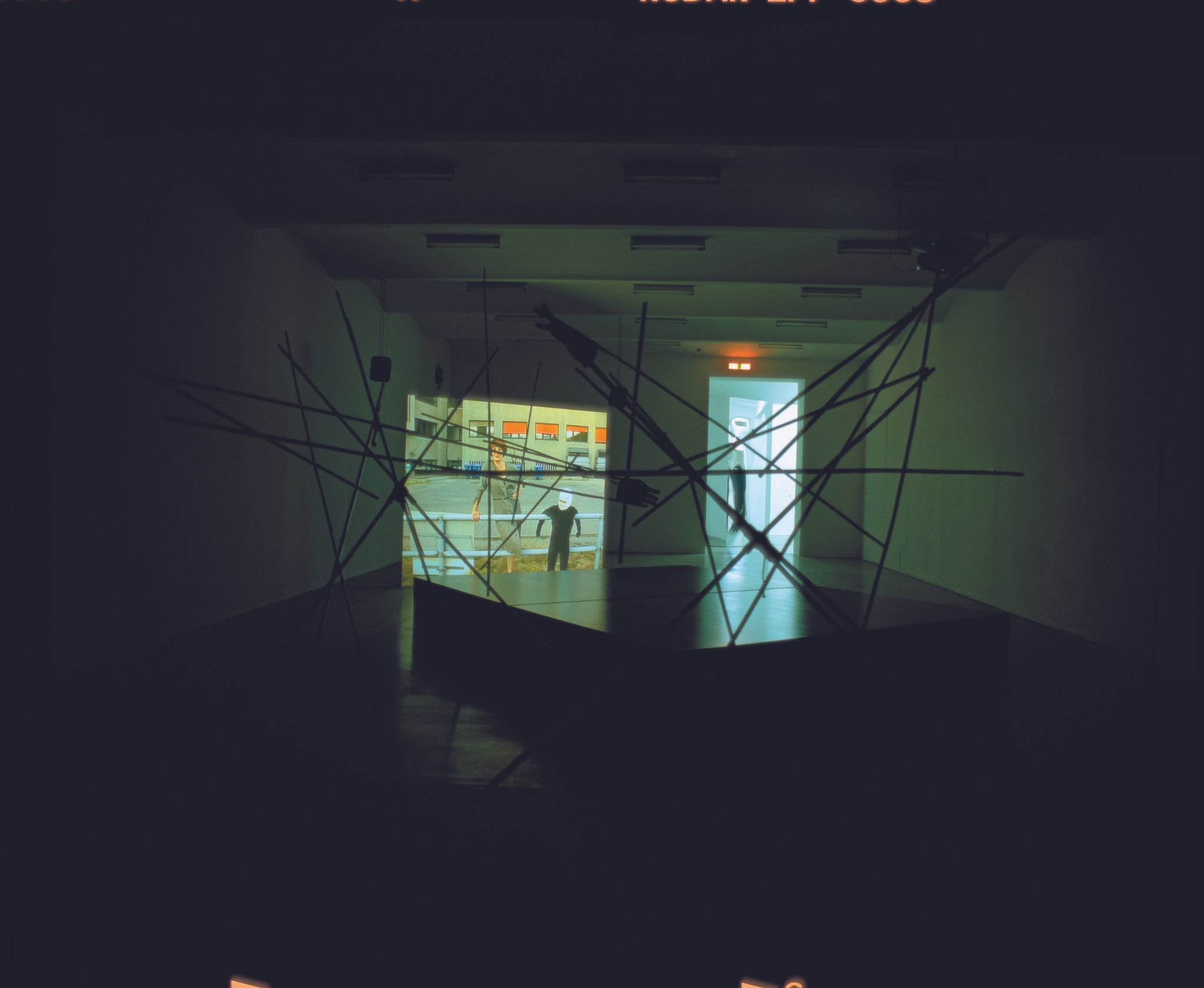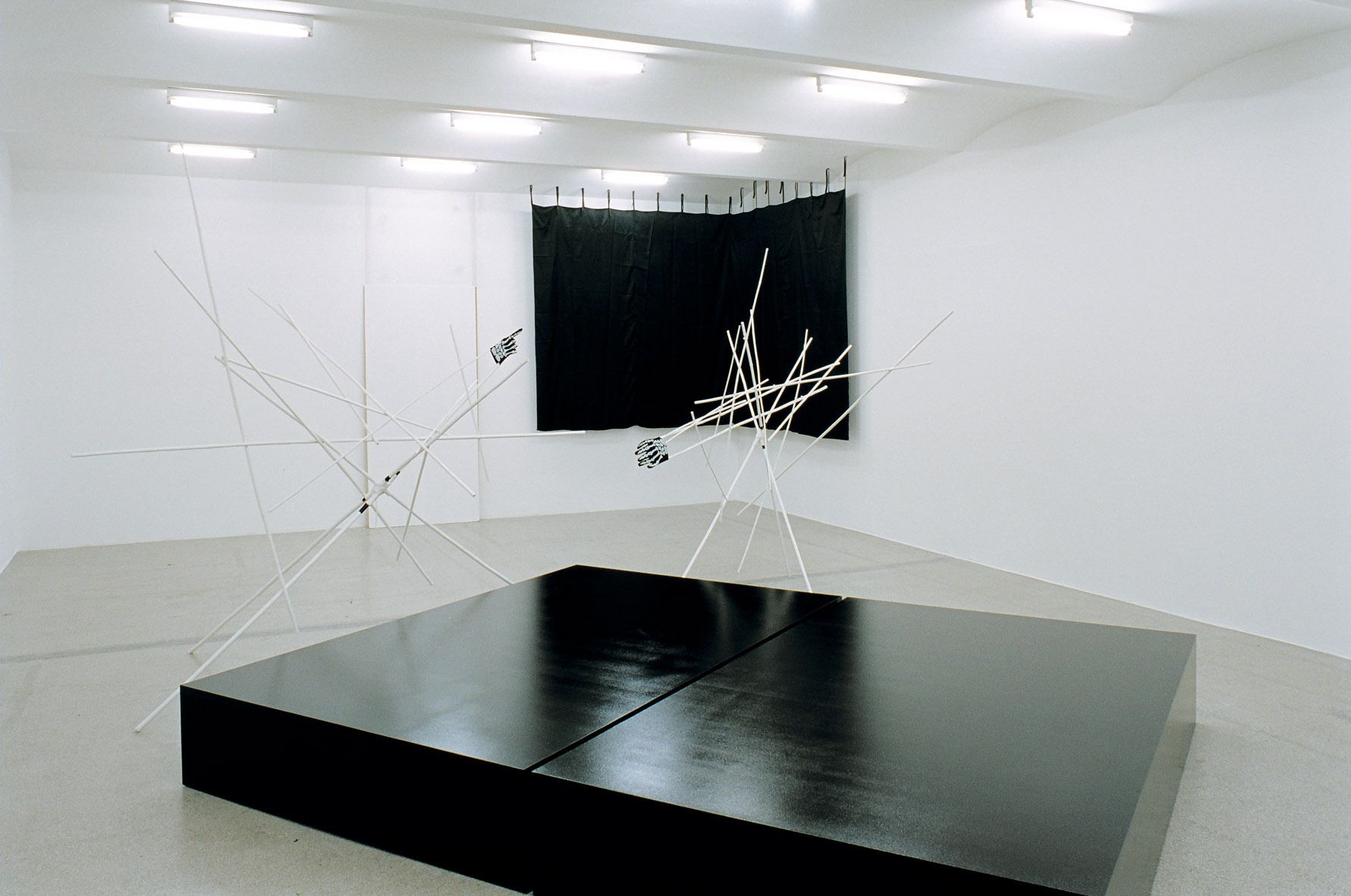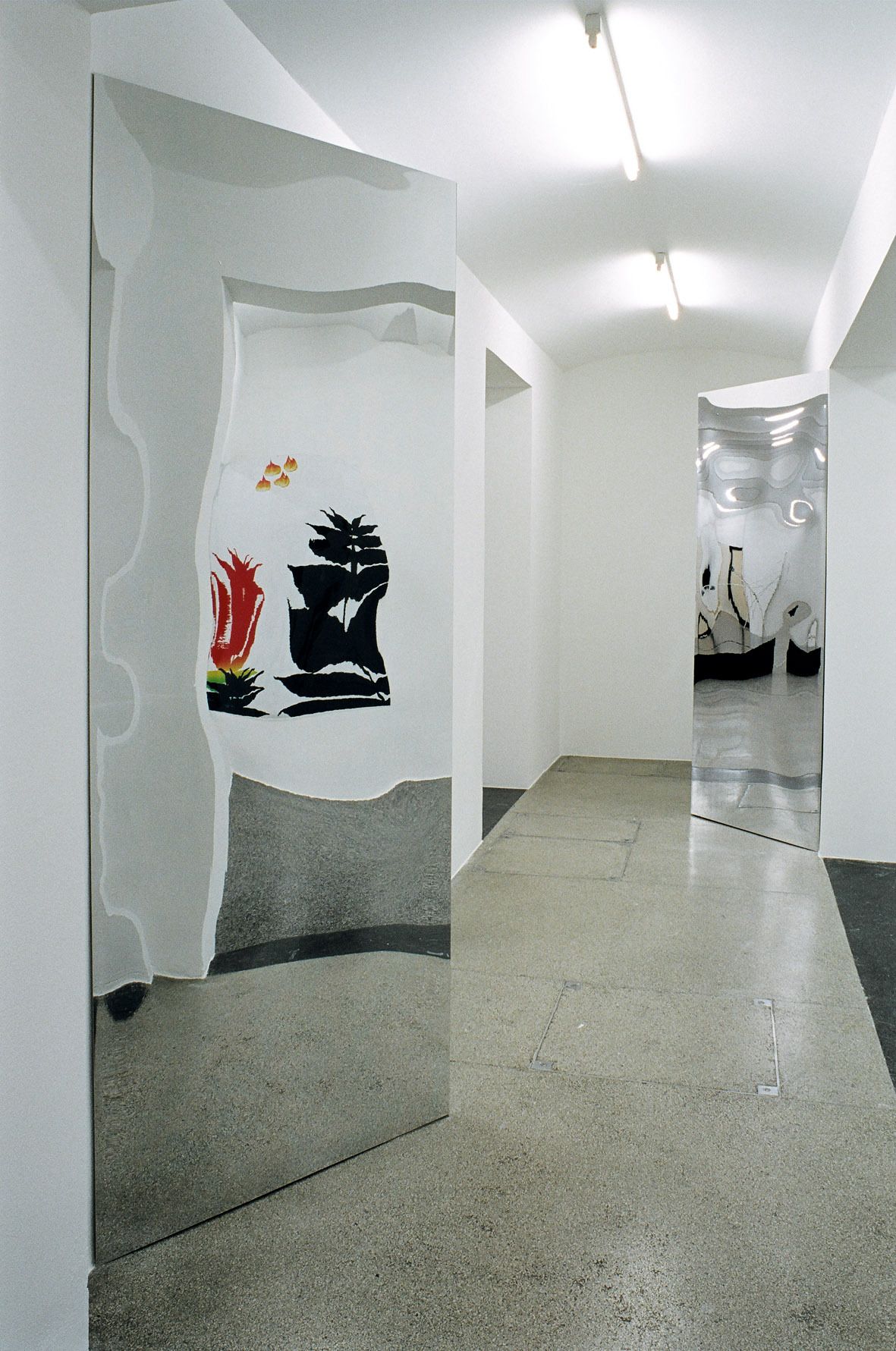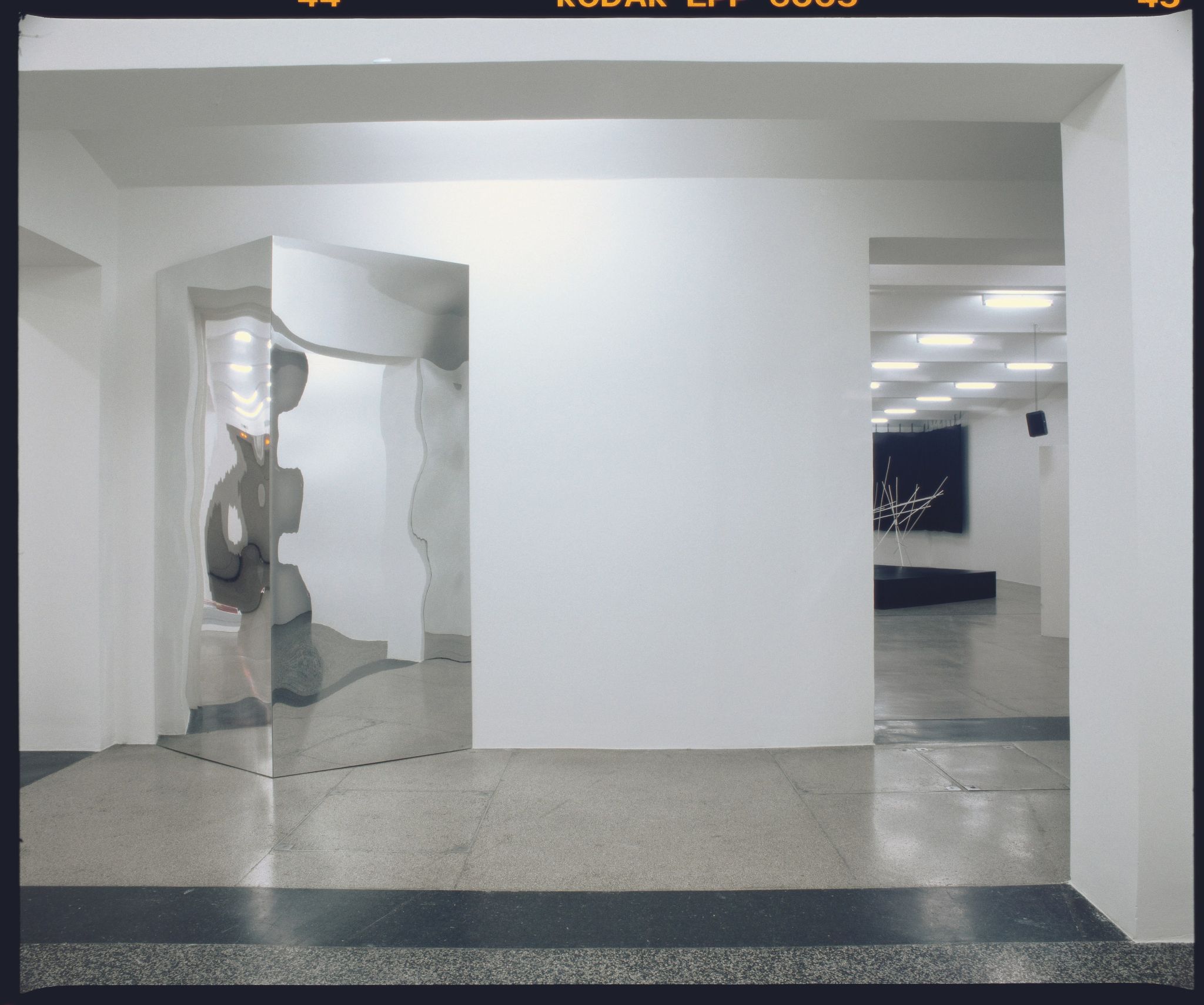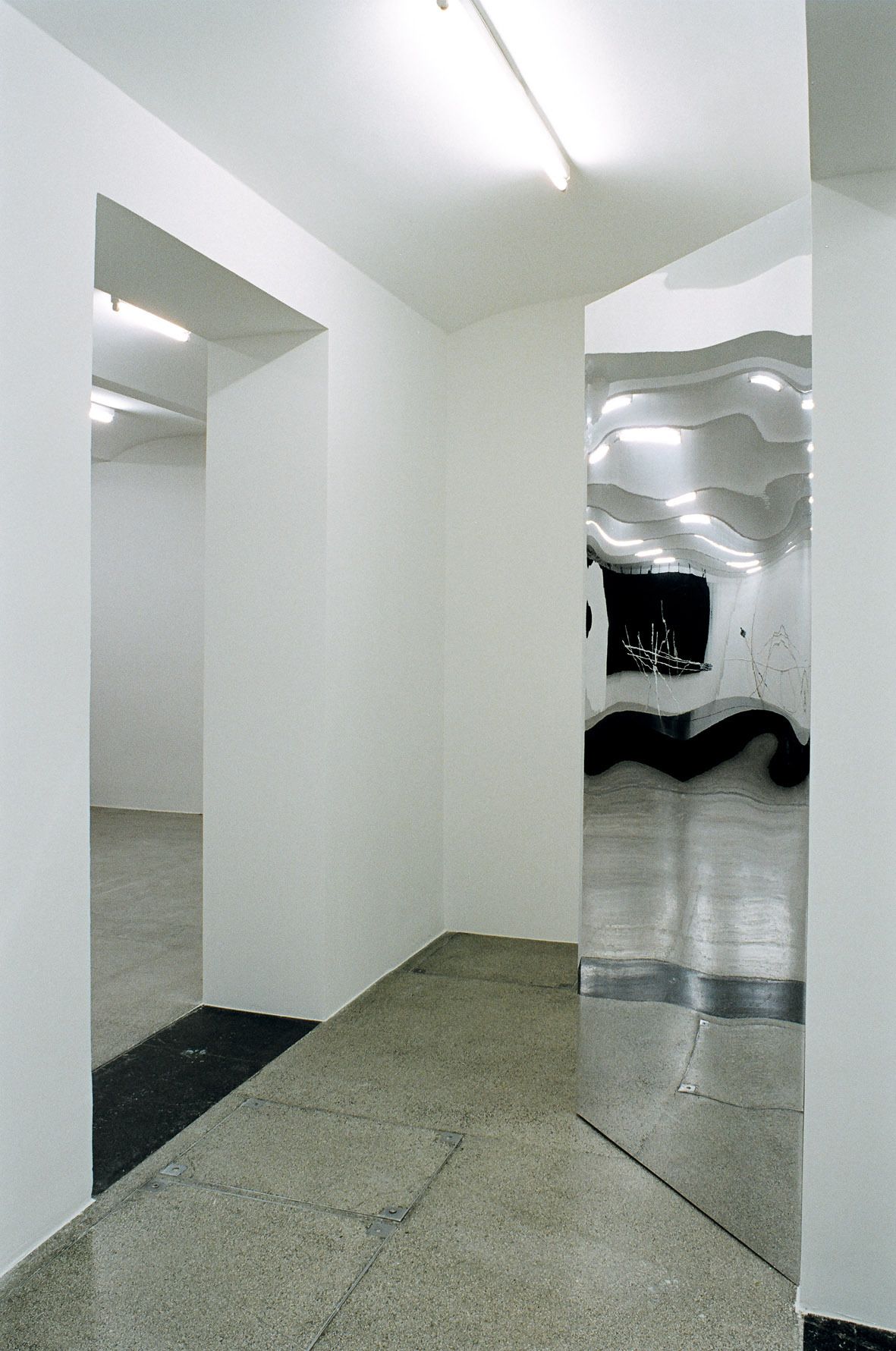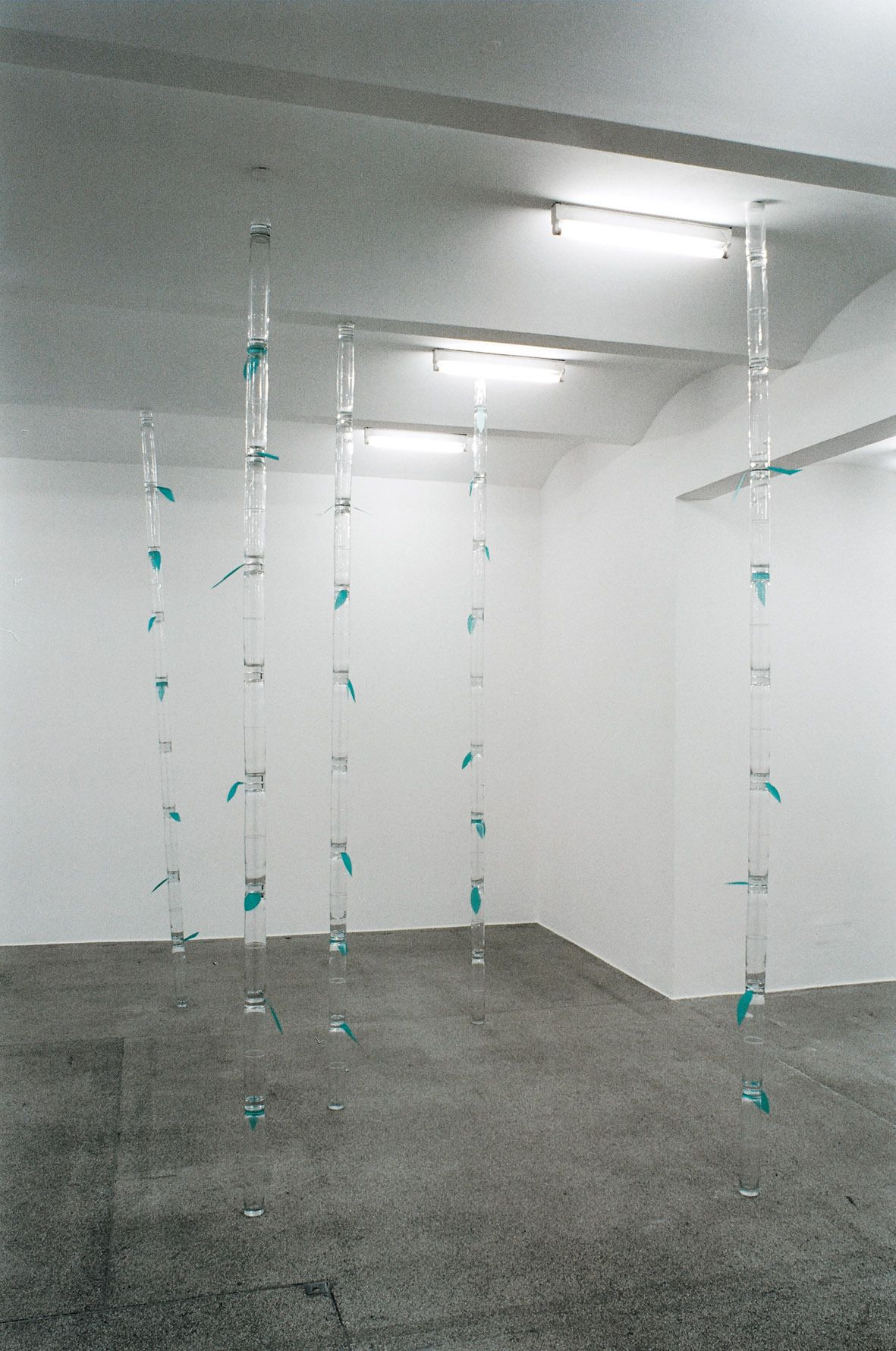In her art, Judith Hopf deals with stories and aesthetics associated with the sphere of everyday culture, using forms of expression as performance, video, sculpture, and works on paper. Her choice of medium, however, is less decisive than her passionate interest in the field where politics, art, and theory overlap, which can be considered as the frame of reference for many of her projects. Other regular features of her work are a paradoxical panopticon of self-portrayal and a belief in a brightly colored, glamorous pop poetic.
read more
Many of Judith Hopf’s works are developed together with other artists and theoreticians from among her friends. On the basis of critical observations of the everyday, a feeling of political unease with society, and the adaptation of various stories from literary and cinematic sources, she has realized a series of co-productions, the latest of which will be on show at the Secession. With Deborah Schamoni, Judith Hopf made the video Hospital Bone Dance (2006) in which the controlled world of a nurse is disrupted by mysterious goings on. The occurrence of these unforeseen events, their inexorable spread, and the inevitable confrontation with a strictly regulated system set the basic mood for Judith Hopf’s current exhibition. With a generous dose of humor, she points to the eeriness of situations where an unknown variant breaks unexpectedly into a supposedly regular routine. In this case, she plays in particular with notions of expectation and knowledge: the exhibits include a series of mirrors allowing the viewer to see things s/he should not yet actually be able to see. But to get there, the viewer must first pass several bamboo sticks made of glass ...Judith Hopf’s works are characterized by the way they point the viewer in certain directions but without being prescriptive. Instead, there is a marked critical and productive awareness of uniformities propagated within society: Hopf questions their ostensible necessity and transforms them into alternative opinions. In the artist’s view, these everyday observations are closely interwoven with social and political power structures which she aims to render visible. The main issue here is her profound skepticism towards all forms of homogenization and the forgetting that accompanies it. For example, she sees social pressure regarding different life forms that disturb the public consensus and which, accordingly, are excluded or made invisible. According to Judith Hopf, this “tyranny of the same” and the “unfinished” has something eerie about it.Text: SecessionPhotos: Pez Hejduk
